(Page créée avec « Assembly ») |
(Page créée avec « * Glue and screw the mural wedge on the edge of the pillar * Glue and screw the lid wedge on the opposite edge of the pillar, 1,2 in from the side * Glue and screw the bu... ») |
||
| Ligne 178 : | Ligne 178 : | ||
|Step_Picture_04=Toilette_s_che___liti_re_biomaitris_e_sk_assemblage_sans_seau.jpg | |Step_Picture_04=Toilette_s_che___liti_re_biomaitris_e_sk_assemblage_sans_seau.jpg | ||
|Step_Title=Assembly | |Step_Title=Assembly | ||
| − | |Step_Content=* | + | |Step_Content=* Glue and screw the mural wedge on the edge of the pillar |
| − | * | + | * Glue and screw the lid wedge on the opposite edge of the pillar, 1,2 in from the side |
| − | * | + | * Glue and screw the bucket wedge on the pillar, below the lid wedge. |
| − | * | + | * Sand the assembly if needed. |
| − | * | + | * Fix the hinge between the pillar and the lid (see photo). |
| − | * | + | * Paint or protect the wood (painting or flax oil). |
}} | }} | ||
{{ {{tntn|Tuto Step}} | {{ {{tntn|Tuto Step}} | ||
Version du 9 juin 2018 à 13:44
Description
Dry toilets for domestic urban/rural use, occidental context
Sommaire
Sommaire
- 1 Description
- 2 Sommaire
- 3 Introduction
- 4 Video d'introduction
- 5 Étape 1 - Mural wedge
- 6 Étape 2 - Pillar
- 7 Étape 3 - Wedge of the bucket
- 8 Étape 4 - Wedge of the toilet lid
- 9 Étape 5 - Toilet lid
- 10 Étape 6 - Toilet flap
- 11 Étape 7 - Assembly
- 12 Étape 8 - Fixation de l'abattant de WC
- 13 Étape 9 - Fixation des toilettes
- 14 Étape 10 - Zones de compostage
- 15 Étape 11 - Utilisation des toilettes
- 16 Étape 12 - Utilisation du compost
- 17 Notes et références
- 18 Commentaires
Introduction
This tutorial is based on the dry toilets by Yves Desarzens, Maisons Nomades. They're non-flush toilets belonging to the composting toilets type.
Watch the tutorial video here
This dry toilets model was conceived for a domestic/family use in urban or rural area provided that there is a composting dedicated area.
In the case of an urban area, depending on the scale and context of the group housing, some problems such as the access to the composting area and the transportation of the toilets to this area could occur.
The consumption of water an the classic toilets model in the household
Classic pour-flush toilets represent 20% of the drinking water consumption of a household, almost 150€/y for a 4 members family. It's the second most consuming item after the shower (40%). The water used for the flush is drinking water (except in rare cases where rainwater is used), as son as it touches the excrement, this water becomes foul water contaminated and therefore unusable for any other uses.
Excrement: trash or resources ?
In average, a human products 50 Liters of solid excrement and 500 Liters of urine every year. in France, a person turns "30 Liters of drinking water into foul water" every day.
In solid excrement, we find minerals including nitrogen (1,1 lbs/pop/y), phosphorus (0,4 lbs/pop/y) and potassium (0,7 lbs/pop/y) but also pathogens such as bacteria, viruses and parasites and sometimes products such as antibiotics depending on the user's health.
In urine, we find minerals including nitrogen (8,9 lbs/pop/y), phosphorus (0,7 lbs/pop/y) and potassium (1,8 lbs/pop/y) and very rarely pathogens too.
These matters, casually considered as trash are flowed through the pipes with the foul water. Then followed by a long process of sewage treatment in water treatment plants found in the city suburbs. These process produce at the same time sewage sludge of which the waste-to-energy conversion is complex.
In the case where we consider the process in a cyclic way like for the animal manure, it's possible to see human excrement as a "resource". By respecting the hygiene requirements, human excrement can easily be composted and turned into pathogens-free humus which doesn't have anything to do with excrement anymore. For the antibiotics (besides significant use), the researches show that there's no durable effect on the composting. It's important to notice that animal manure already used contains at the start the same contaminants including antibiotics.
It's important to not separate the urine from the solid and carbon matter: the cellulose in the the carbon matter prevents the transformation of the urea, rich in nitrogen, ammonium ions (responsible for the stinky smell in urinals for example). This effect also has another very important and positive consequence: if the urine was released in the nature without cellulose addition, the ammonium ions would turn into nitrite ions and cause a faster degradation of the humus, the opposite of the expected effect. This problematic is encountered in some contexts where the large-scale urine recovery was thought for fertilizers creation.
Excrement: a resource thanks to dry toilets
There's plenty of dry toilets models. Here, the proposed model is a bio-litter toilet. It's the easiest model which doesn't need ventilation. This model is constituted of a stainless steel bucket which collects the dejection (urine and excrement), the toilet paper as well as the vegetable carbon matter. Whether it's in the sale room where they're installed or in the composting area, very few smells are emitted (actually the same amount emitted from classic water toilets).
1) A rich contribution of vegetable dry matter rich in carbon (straw, dead leaf, sawdust) 30 times more important than the excrement contribution, rich in nitrogen.
2) A good ventilation of the compost in order that the aerobic organisms which need oxygen are able to achieve correctly their decomposing work. The shreds participate in creating a well ventilated compost.
What type of user comfort for the dry toilets?
"+": the bio-litter toilets don't release any smell and don't make any unwanted noises unlike classic toilets.
"-": The bio-litter toilets require to regularly empty the bucket in the compost (twice a week for a 4 members family).
"Summary"
The use of the bio-litter toilets allows to reduce 20% of the water consuming in the household, therefore the bill too. It also allows the creation of usable humus for the garden. All of this for the same or even better comfort compared to classic toilets.
Matériaux
"Notes"
1) Every measure in this tutorial are only for the stainless steel bucket below and for wood of a thickness of 1,2 in. It will be very simple to adapt the measure depending on the equipment of everyone.
2) It isn't recommended to use any other materials than stainless steel for the bucket. The other materials such as galvanized steel or plastic don't react well with urine through time. Furthermore, you have to make sure the bucket can support the weight of anybody. That's why stainless steel is recommended.
- A stainless steel bucket.
- Classic toilet lid.
- A plastic bucket
- A door hinge 4 inches large, preferably stainless steel.
- Wood boards/shavings, here 1,2 in thick.
- Screws, preferably stainless steel.
- Wood glue.
- Polyurethane glue.
- A lag-screw 4,8 in long.
- Sawdust (can be collected at a carpenter).
- Dry vegetable matters like straw, dead leaves, etc.
- Container allowing to stock sawdust, approximately 20 L. (bucket, bag, etc)
- Container allowing to collect the sawdust (small shovel, pot, tin can, etc)
- Reclaimed wood or palettes (creation of the composting area).
Outils
- Saw
- Mechanical gun with cartridges (optional)
- Sandler (optional)
- Screwer
- Drill
Étape 1 - Mural wedge
- Cut a wood square of 4,8*4,8 in and 1,2 in thick
- Sand and deburr if required
"Notes"
1) This wedge allows the support of the dry toilet on the wall of the room where it'll be installed.
2) It also allows to have the required width in order to lift the different toilet lids.
Étape 2 - Pillar
- Cut a wood rectangle of 4,8*14,6 in and 1,2 thick
- Sand and deburr if required
Notes : This pillar helps to get back when a user sit.
Étape 3 - Wedge of the bucket
- Cut a wood rectangle of 4,8*4 in and 1,2 thick
- Draw a circle of 3,3 in radius like on the diagram, it's the bucket's diameter
- Cut the drawn circle
- Sand and deburr if required
Notes: This wedge helps to center the bucket according to the toilet lids.
Étape 4 - Wedge of the toilet lid
- Cut a wood rectangle of 4,8*2,2 in and 1,2 in thick
- Sand and deburr if required
Notes: this wedge helps to balance the user weight to the pillar
Étape 5 - Toilet lid
- Cut a ring beam of an external diameter of 18 in and of an internal diameter of 12 in. This ring beam is the base of the main lid.
"Note": drill a hole of an adequate diameter to insert the blade of the jigsaw in the interior of the beam ring.
- Create a flat piece of 4,7 in on the edge of the external circle.
"Note" : This flat piece is used for the hinge fixing.
- With the remains of the circle, cut a quarter-moon shape of 1,2 in large and 16 in of external perimeter (see photo).
- With the wood glue glue it and then screw it to the lid, at the opposite of the flat piece created before (see photo).
Notes: This piece allows the support on the stainless steel bucket while considering the thickness of bucket's cove.
Étape 6 - Toilet flap
- In the plastic bucket, cut a slat of 18*3,1 in.
- Glue it with the polyurethane glue and screw the flap on the front half of the lid (see photo)
"Notes": this flap protects from urine projections.
Étape 7 - Assembly
- Glue and screw the mural wedge on the edge of the pillar
- Glue and screw the lid wedge on the opposite edge of the pillar, 1,2 in from the side
- Glue and screw the bucket wedge on the pillar, below the lid wedge.
- Sand the assembly if needed.
- Fix the hinge between the pillar and the lid (see photo).
- Paint or protect the wood (painting or flax oil).
Étape 8 - Fixation de l'abattant de WC
- A l'aide d'une perceuse et d'un foret bois, fixer l'abattant de WC classique sur l'abattant réalisé ci-avant.
Étape 9 - Fixation des toilettes
- Positionner le système en appui sur le pilier, à l'endroit choisi.
- Faire passer la vis tire-fond à travers le pilier, la cale murale et le mur qui recevra les toilettes.
Remarque: Selon le matériau du mur, il peut être nécessaire de réaliser un pré-perçage et d'installer une cheville pour accueillir la vis.
- Centrer le seau sous l'abattant.
- Placer à proximité des toilettes, un contenant rempli de sciure ainsi qu'un récipient permettant de la verser dans le seau.
Étape 10 - Zones de compostage
Remarque: en cas de cours d'eau à proximité, il est recommandé d'établir la zone de compost au moins à 60m du cours d'eau, si possible en aval, afin d'éviter toute contamination lors de la phase de compostage.
- A l'aide de palettes ou bois de récupération, réaliser 2 zones de compostage dans un endroit éloigné de cours d'eau et des zones protégées, à l'abris des intempéries (sous un arbre par exemple). Chaque zone fait environ 1m*1m*1m.
- Placer au fond, 10cm de paille/broyats végétaux ou feuilles mortes.
Étape 11 - Utilisation des toilettes
- Faites vos besoins sur les toilettes, ajoutez y le papier toilette.
- Recouvrez de 1cm de sciure de bois.
- Quand le seau est plein, videz le dans la zone de compostage et recouvrez le d'une couche de broyats/feuilles ou paille.
- Nettoyez le seau à l'eau/savon en extérieur et videz le sur la zone de compostage, mettez des gants au besoin.
- Lavez-vous les mains.
- Replacez le seau sous les toilettes avec un peu de sciure au fond.
- Désinfectez les lunettes et la bavette au besoin, comme pour des toilettes classiques.
- Lavez-vous bien les mains après la fin de la manipulation.
Remarques:
1) Il est important de respecter les règles d'hygiènes basiques lors du vidage.
2) Il est possible de prévoir une zone de nettoyage à proximité de la zone de compostage avec le matériel nécessaire (robinet, gants, brosse dédiée, savon, desinfectant)
Étape 12 - Utilisation du compost
- Lorsque la première zone de compost est pleine, utilisez la deuxième zone et recouvrir la première de broyats.
- Laissez composter durant 2 ans. Selon les organismes sanitaires, c'est la période nécessaire à l'élimination des contaminants et la production d'un humus sain pour le jardin. C'est environ 2 fois plus long que pour un compost classique.
Remarque: Les clés d'un bon compost sont le rapport de 30 entre l'apport de la matière carbonée (broyats, feuilles, etc) et la matière azotée (excréments) ainsi qu'une bonne aération du compost. Celle-ci est permise par les trous entre les lattes du composteur et l’espace créé par la matière carbonée.
Le site eautarcie détaille le compostage de déjection humaine.
- N'hésitez pas à ajouter des broyats végétaux si le compost semble très humide, collant et sent mauvais.
Notes et références
- Pack tutoriel réalisé par Camille Duband et Pierre-Alain Lévêque pour le Low-tech Lab en collaboration avec Yves Desarzens, Maisons Nomades, Novembre 2017.
- Citation dans la vidéo tutoriel de Joseph Orszagh, Eautarcie.
- Retrouvez ici la vidéo tuto
Yes
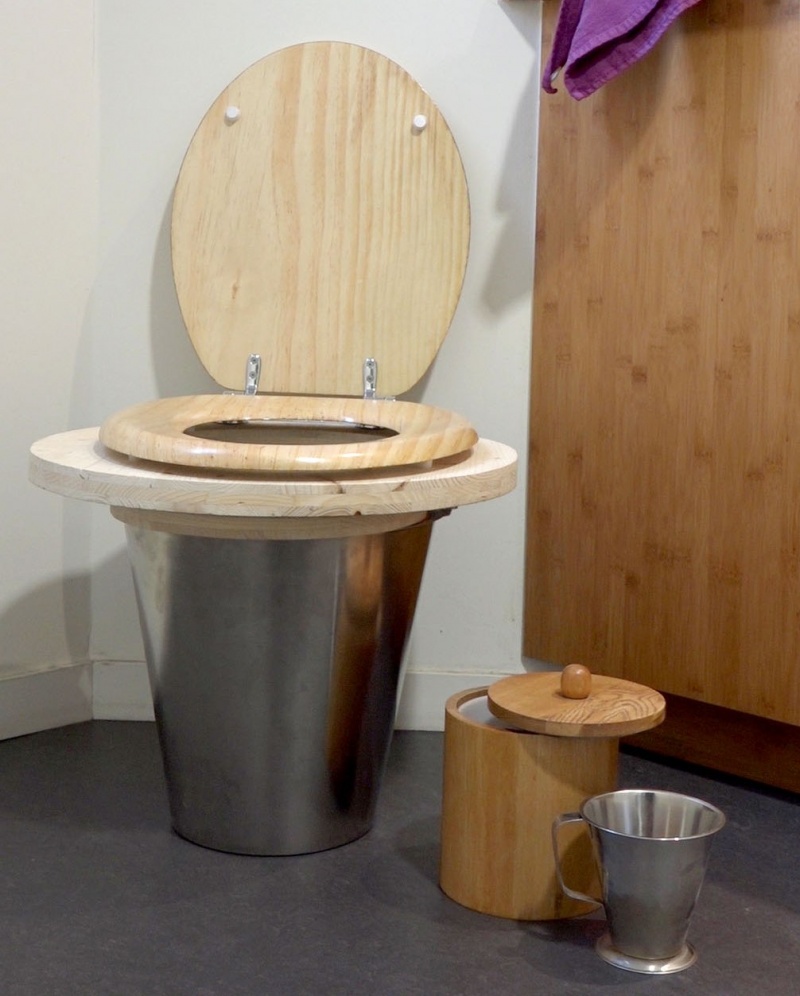
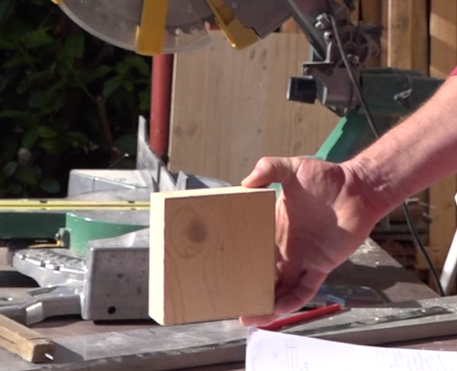
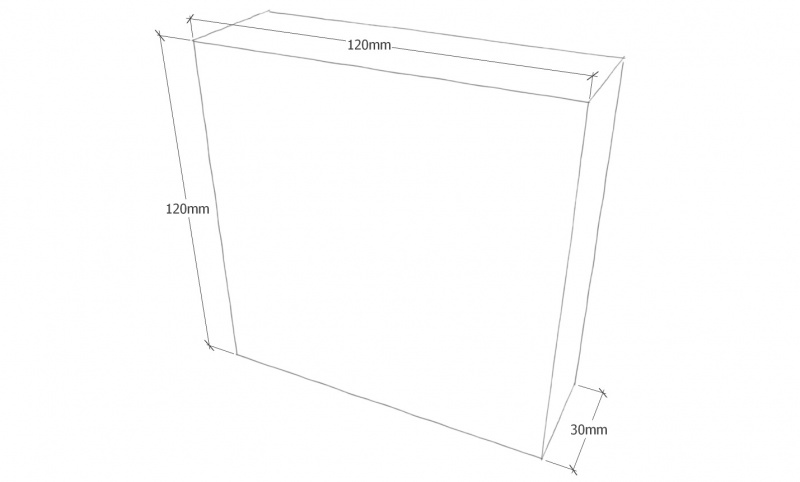
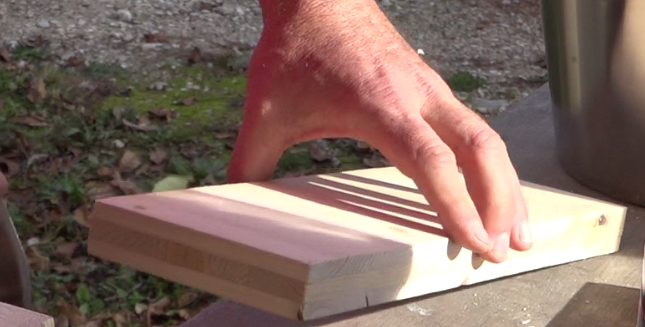
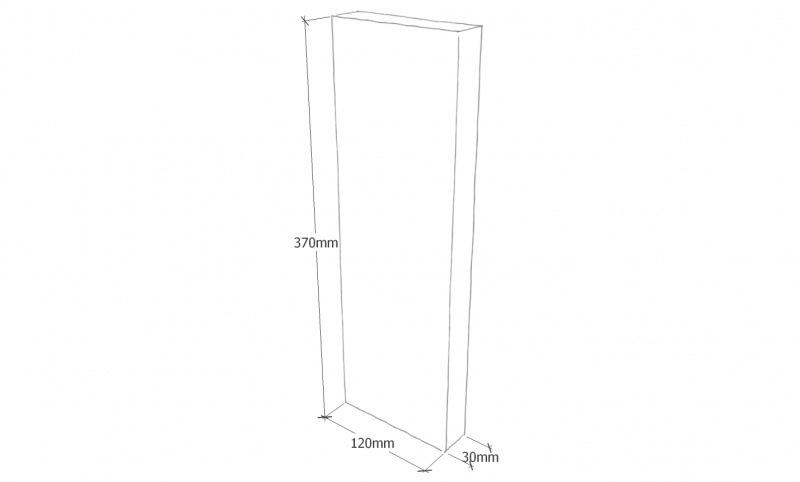
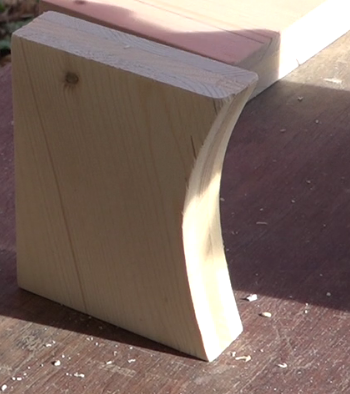
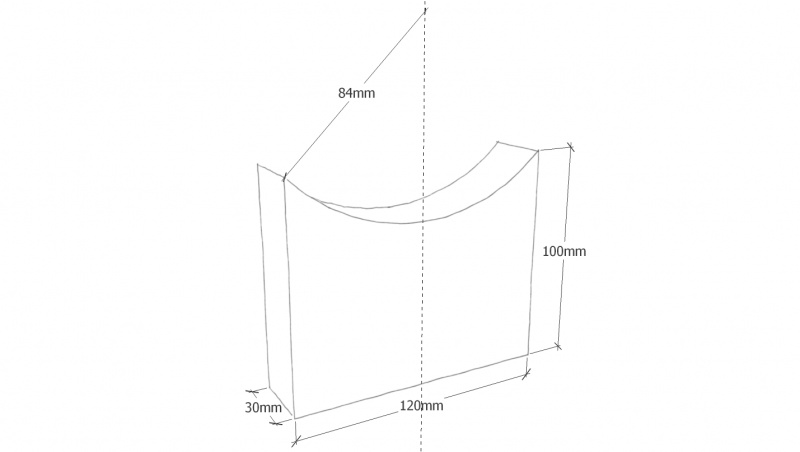
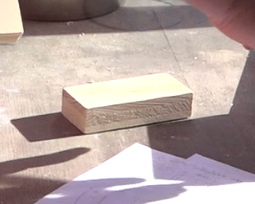
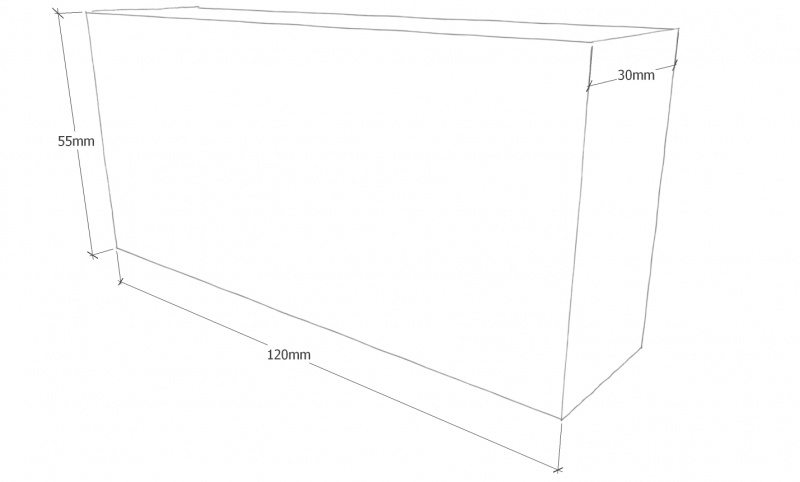
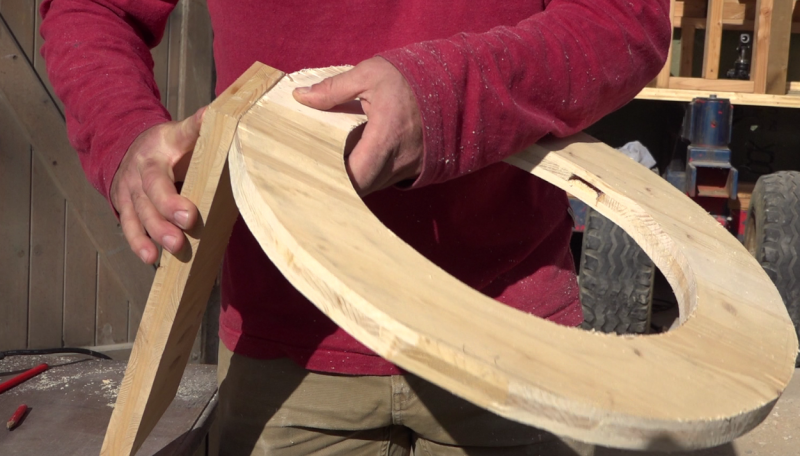
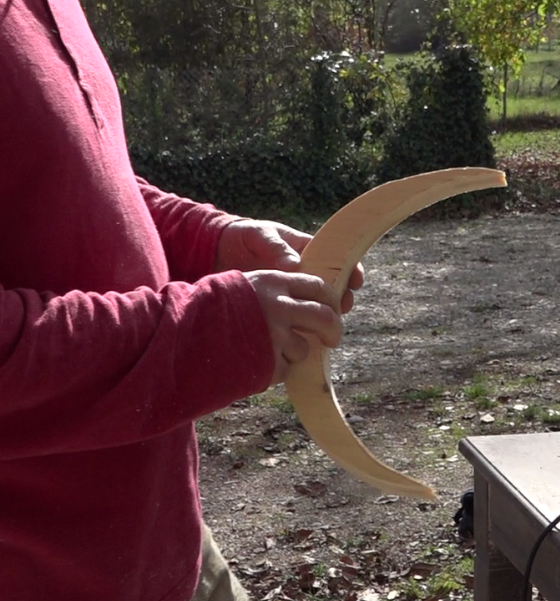
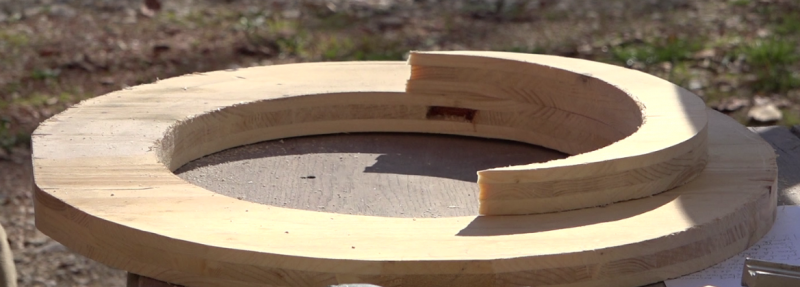
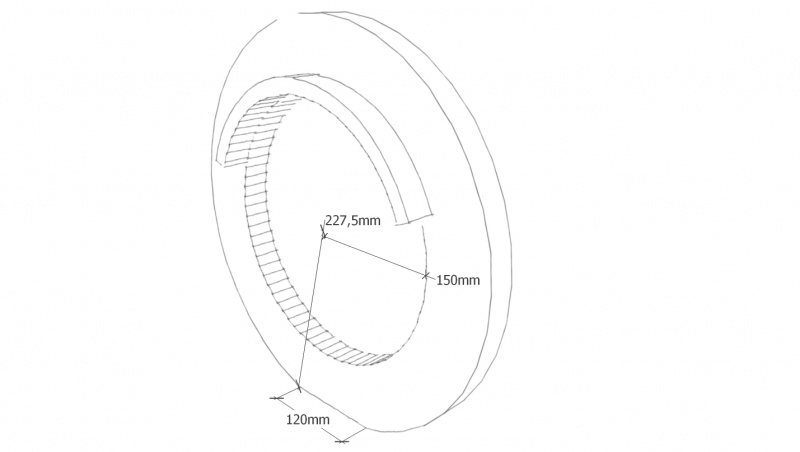
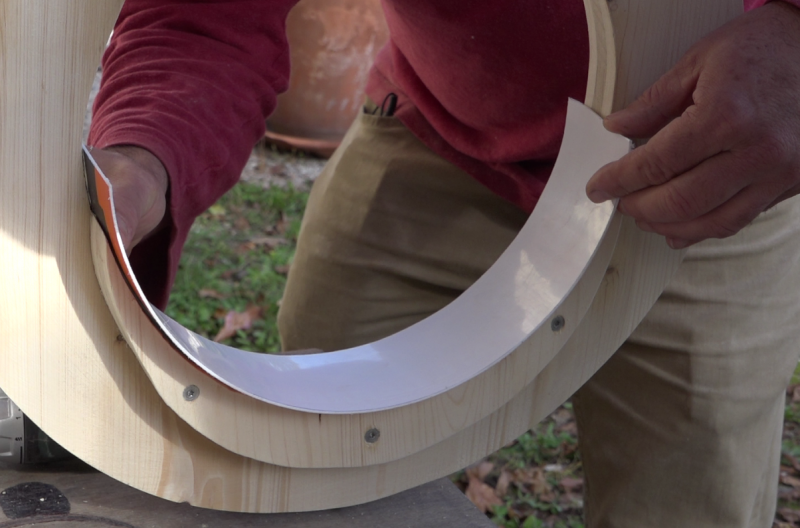
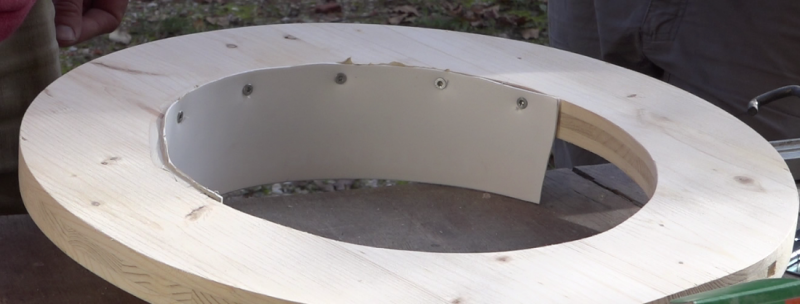
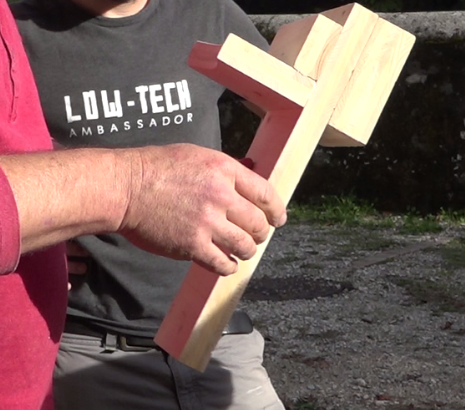
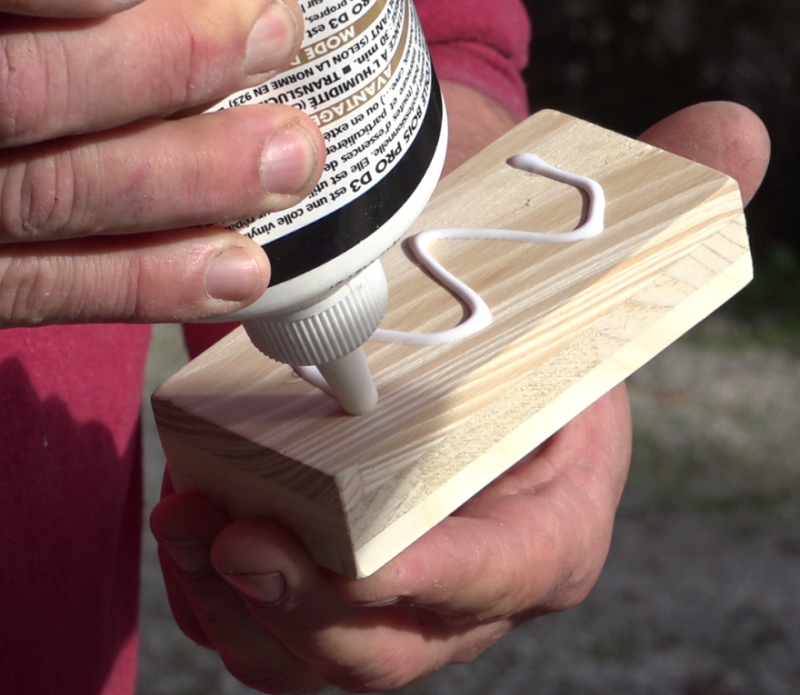
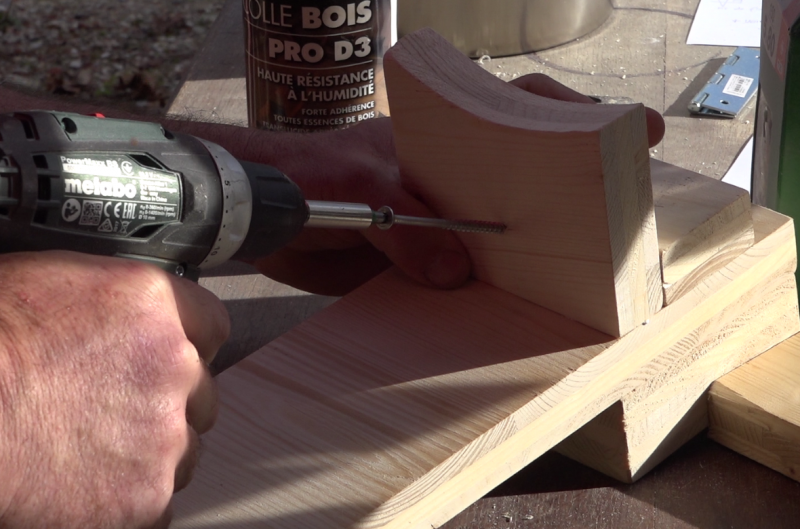
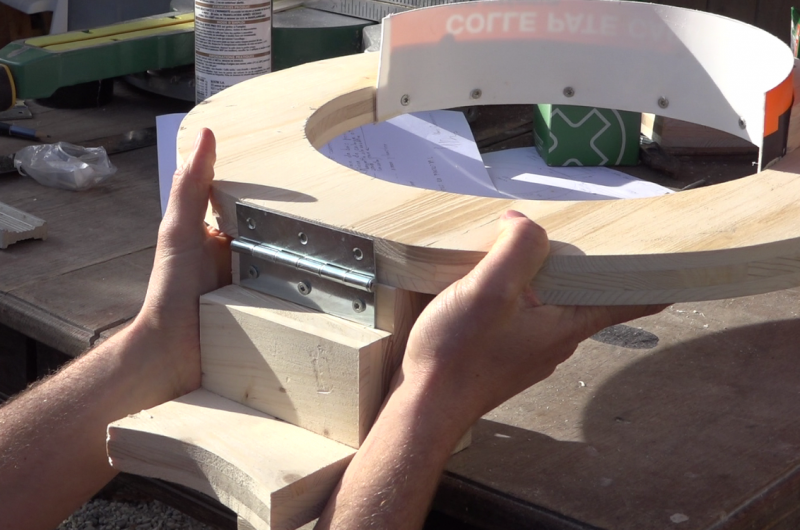
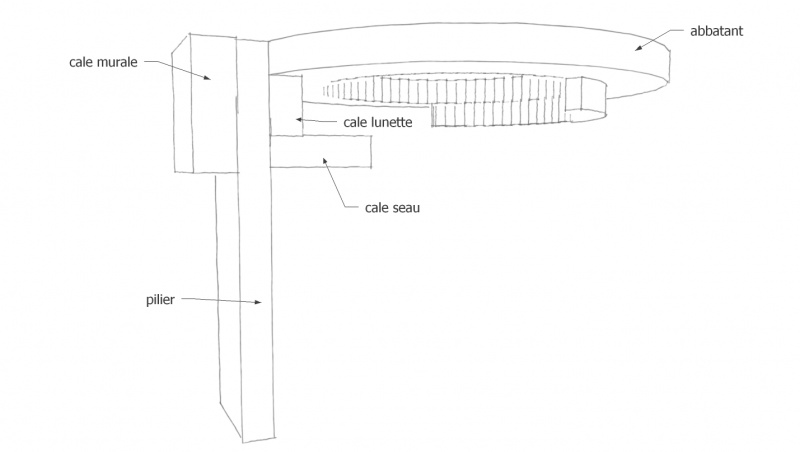
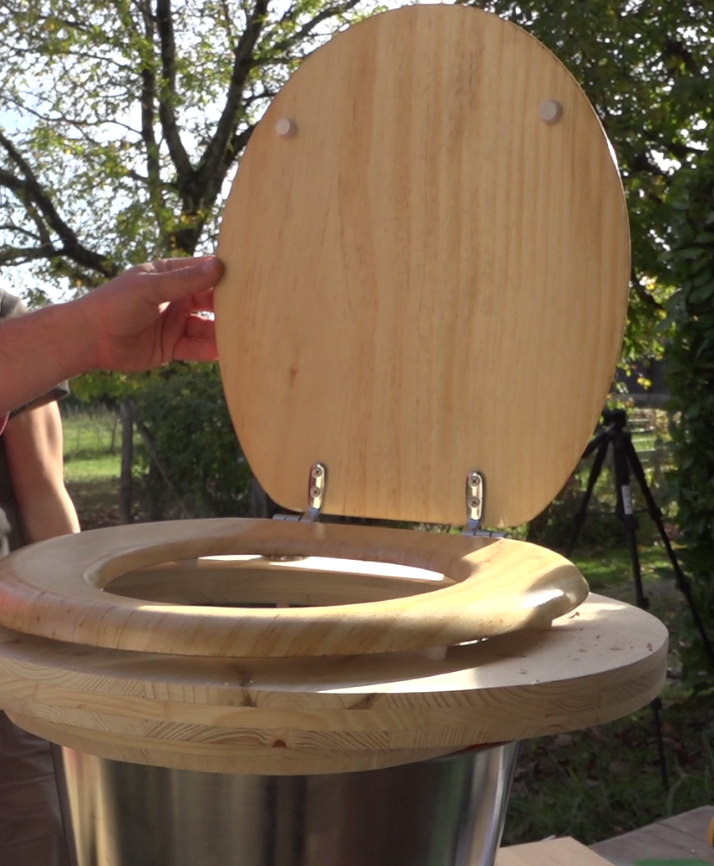
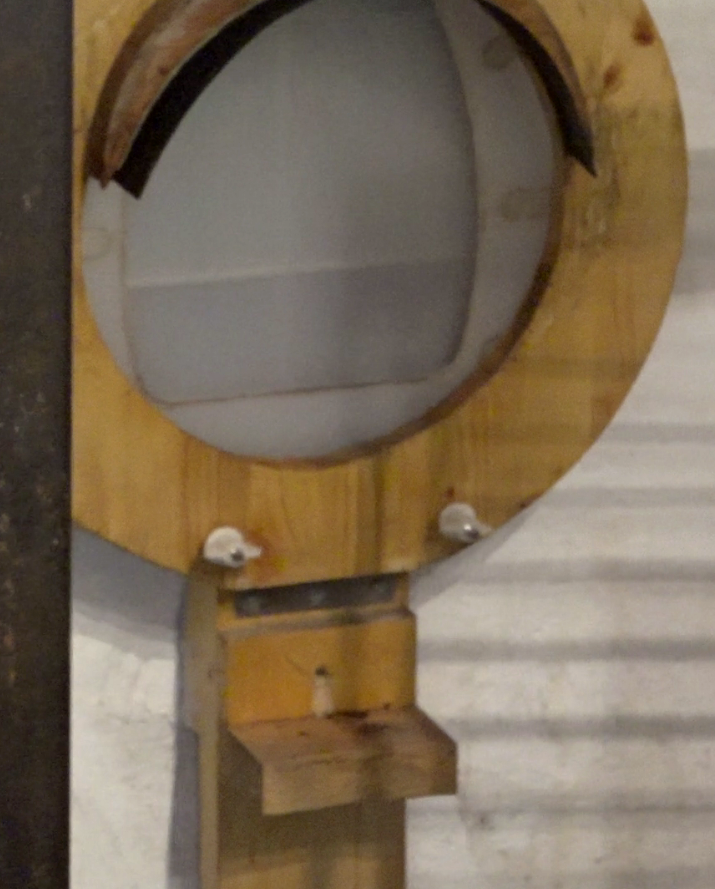
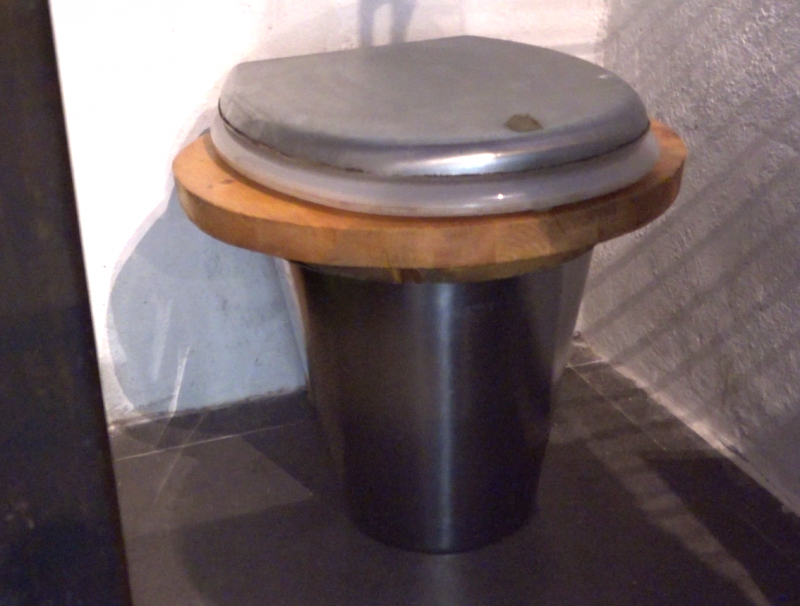
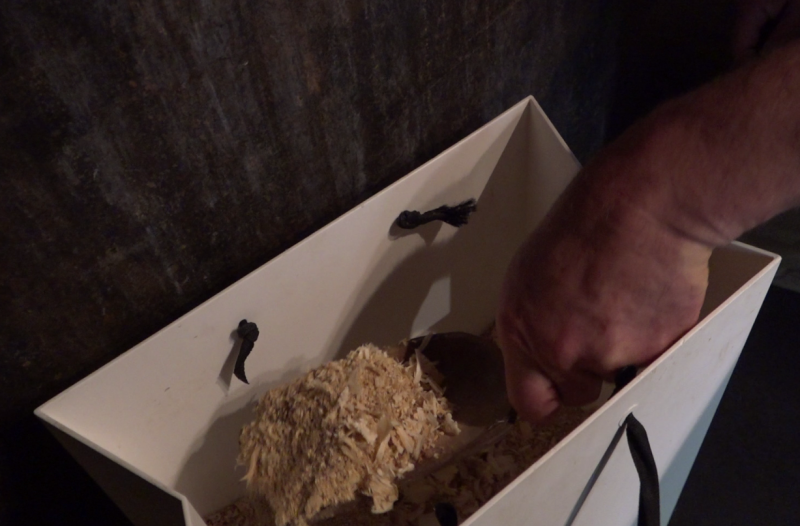
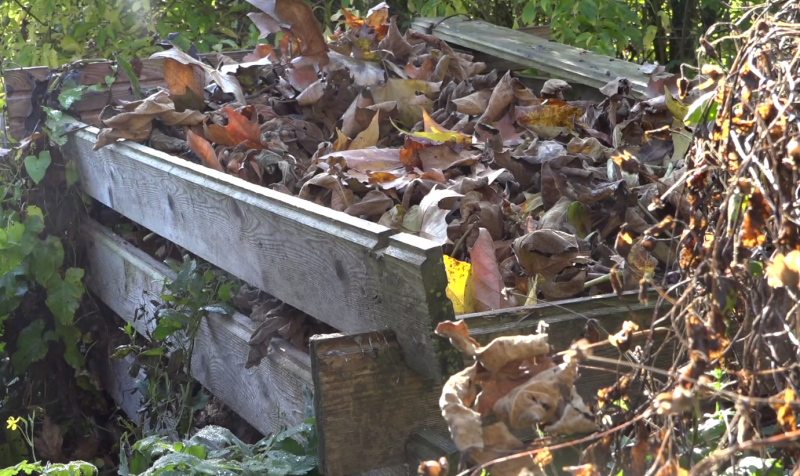
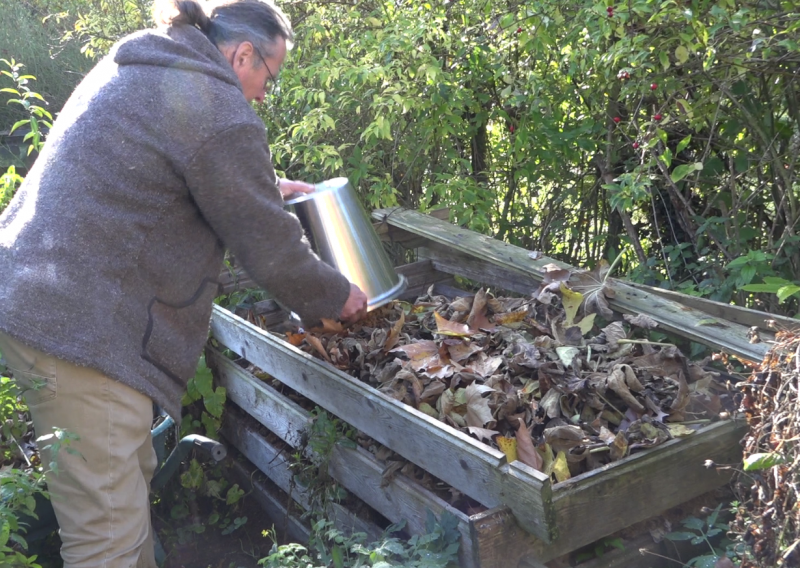
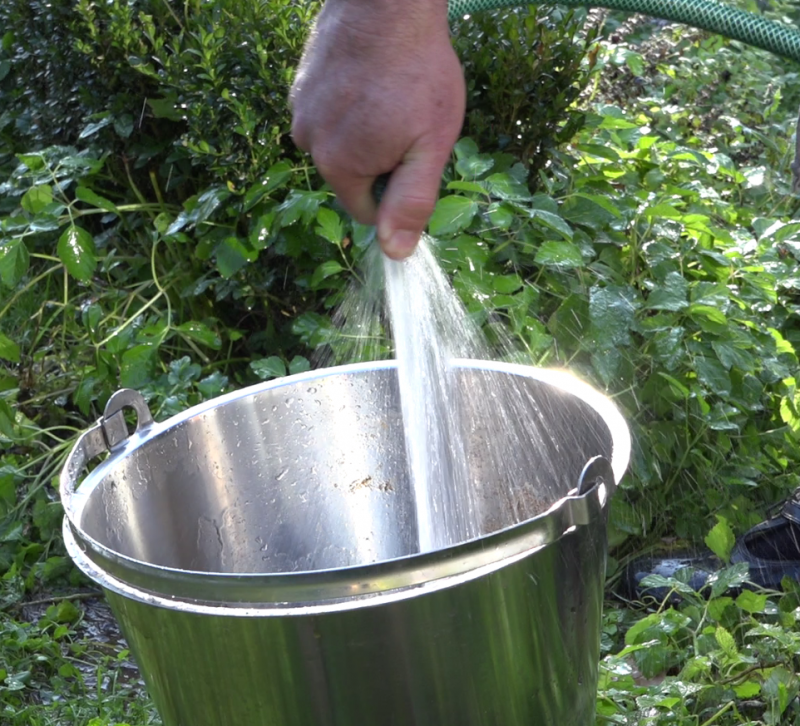
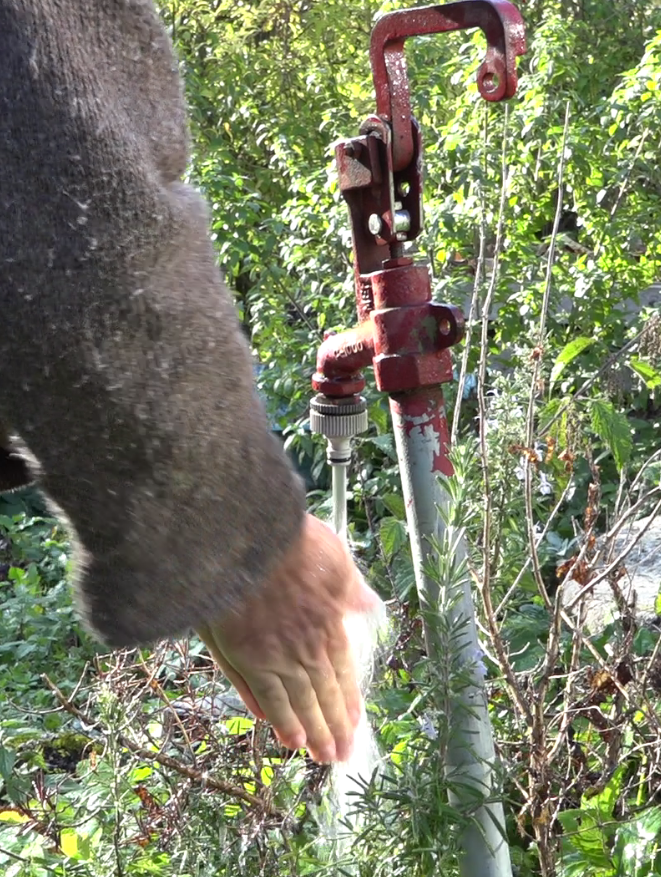
 Français
Français English
English Deutsch
Deutsch Español
Español Italiano
Italiano Português
Português